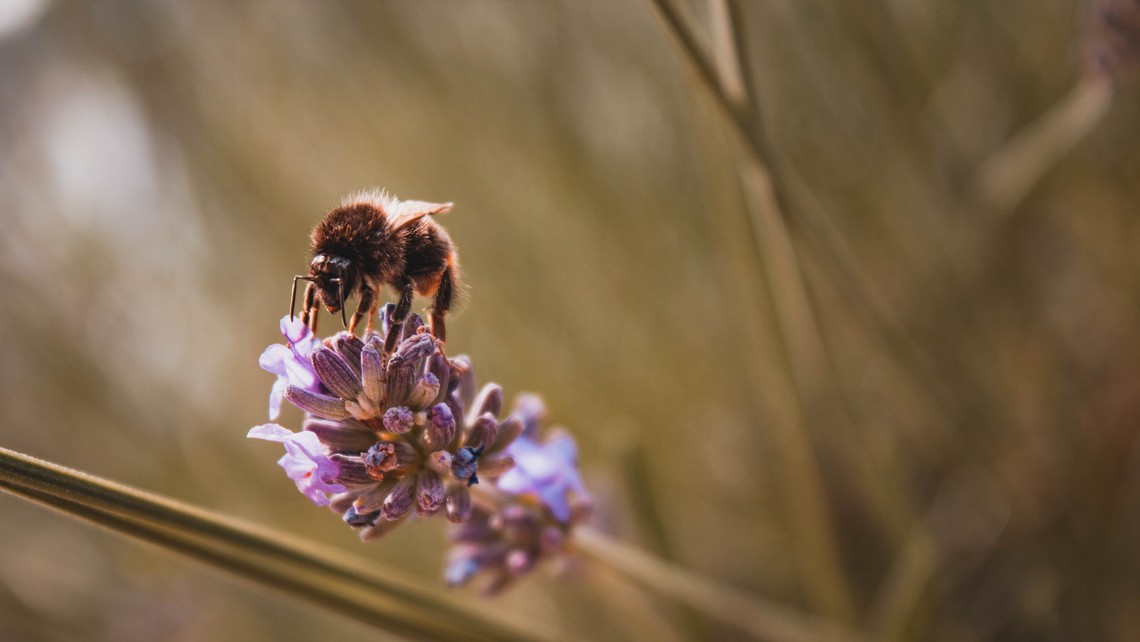
Honey Bees. Our hard-working, honey-making friends are in a precarious situation, and their future does not look good if we don’t take action. This all-important insect is responsible for the majority of plant pollination (and therefore plant species survival!) and the producer of the best organic and healthy sweetener one can use.
Not only in Texas but across the nation, managed bee populations are suffering extensive losses in numbers. There are many reasons why, but the focus of my article here is what the central Texas property owner can do about the wild population’s survival in their area.
First and foremost, if you have a population on your property (that is not the aggressive Africanized variety), please consider leaving them!
The typical honey bee is little to no threat to the people or pets they live near. As an arborist, I frequently come into contact with bee colonies living in the interior of very large, hollow tree trunks I am engaged in pruning. They do not attack me, and though I am wary of the situation I do not fear them and have never been stung. (Wasps are another matter, and I don’t trust them at all!) I also come into regular contact with worker bees while they are collecting nectar when I am engaged in pruning shrubs, with the same safe results.
Second, if an oft-returning guest or someone in the household is allergic and in danger due to the bee presence, there is an alternative solution to the pest control approach.
Why kill the bees with toxic sprays when there are expert bee relocators?!
When selecting someone for this service, look for those registered with the Texas Apiary Inspection Service, such as the following company: www.thebeeplace.com
Third, plant bee-friendly flowers and flowering trees, have a water source (e.g., bird bath), and avoid use of non-systemic pesticides on your landscape plants as much as possible. When selecting flowering plants, choose some varieties that flower in spring and others that flower in the summer.
Fourth, grass-root efforts are greatly needed to petition for both city and county ordinances requiring identification and relocation of bee colonies prior to commercial clearing and to subsidize beekeeper enterprises in strategic locations throughout a region.



